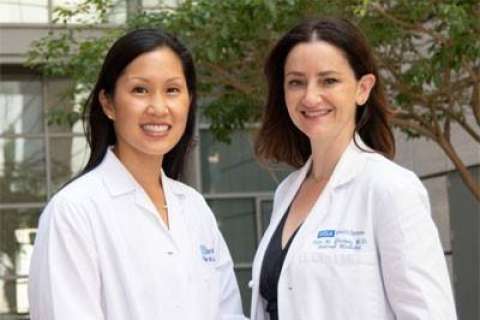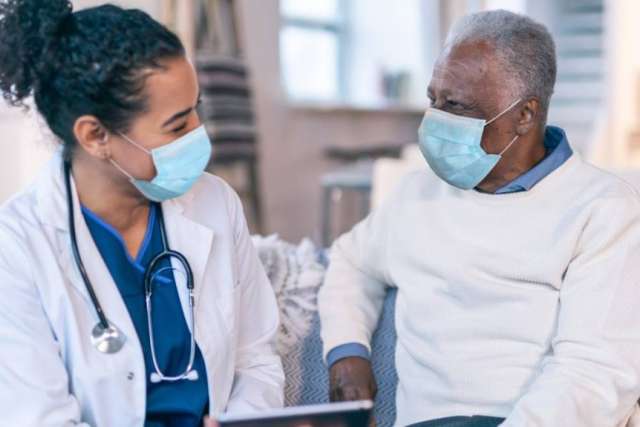Dear Doctors: I’m having my first colonoscopy in a few months. My friends say it’s unpleasant, and I’m already dreading it. I think it would help if I knew what’s going to happen. How often do you need to get a colonoscopy? And is there any way around having to use that prep drink?
Dear Reader: A colonoscopy is an exam that allows a doctor to see the inside of the large intestine. It may be used to identify the cause of certain bowel-related symptoms, such as rectal bleeding, abdominal pain or chronic diarrhea.
It is also used to look for signs of colon cancer. With colon cancer on the rise in younger adults, screening guidelines have been recently updated. It is now recommended that someone of average risk begin screenings at age 45. For those with risk factors, such as family history of the disease, earlier screening is advised. Colonoscopies continue once per decade until age 75. Between the ages of 76 through 85, continued colon cancer screening is based on risk, medical history and overall life expectancy.
Some people may choose a stool-based colon cancer screening test. However, it is not yet clear if these are as effective as a colonoscopy. If stool-based tests are used, they must be performed at more frequent intervals than a colonoscopy. Depending on the specific test, they must be repeated annually or every three years.

A colonoscopy includes a few days of preparation, during which patients cleanse their bowels. This begins by eating a low-fiber diet for several days, followed by a day of clear liquids. The final step is using a specially formulated liquid laxative, which is the prep solution you asked about. Talk to your doctor about using one of the newer products. They use smaller volumes of liquid than in the past and are better tolerated. A sodium sulfate-based tablet for colon cleansing, which the FDA approved two years ago, may also be an option. You and your doctor will also discuss any medications or dietary supplements you may be using and whether or not these should be adjusted or discontinued prior to the procedure.
The test takes place with the patient lying prone on a table. In most cases, sedation is used. A long, flexible tube, known as a colonoscope, is introduced into the colon via the anus. It has a light and a tiny camera, which allow the doctor to see the interior of the colon. A colonoscopy takes between 30 and 60 minutes. If polyps or other growths are found, they may be removed and sent to a lab for testing.
After the exam, it takes about an hour to recover from the sedation. Cramping and bloating may occur, but are temporary. If tissue has been removed, there may be light bleeding. A follow-up appointment is typically scheduled to go over the findings.
It’s true a colonoscopy takes time, and the screening can be uncomfortable. But early-stage colon cancer, which a colonoscopy can identify, is highly treatable. In making this appointment, you have made an investment in your health and well-being.
(Send your questions to [email protected], or write: Ask the Doctors, c/o UCLA Health Sciences Media Relations, 10960 Wilshire Blvd., Suite 1955, Los Angeles, CA, 90024. Owing to the volume of mail, personal replies cannot be provided.)



